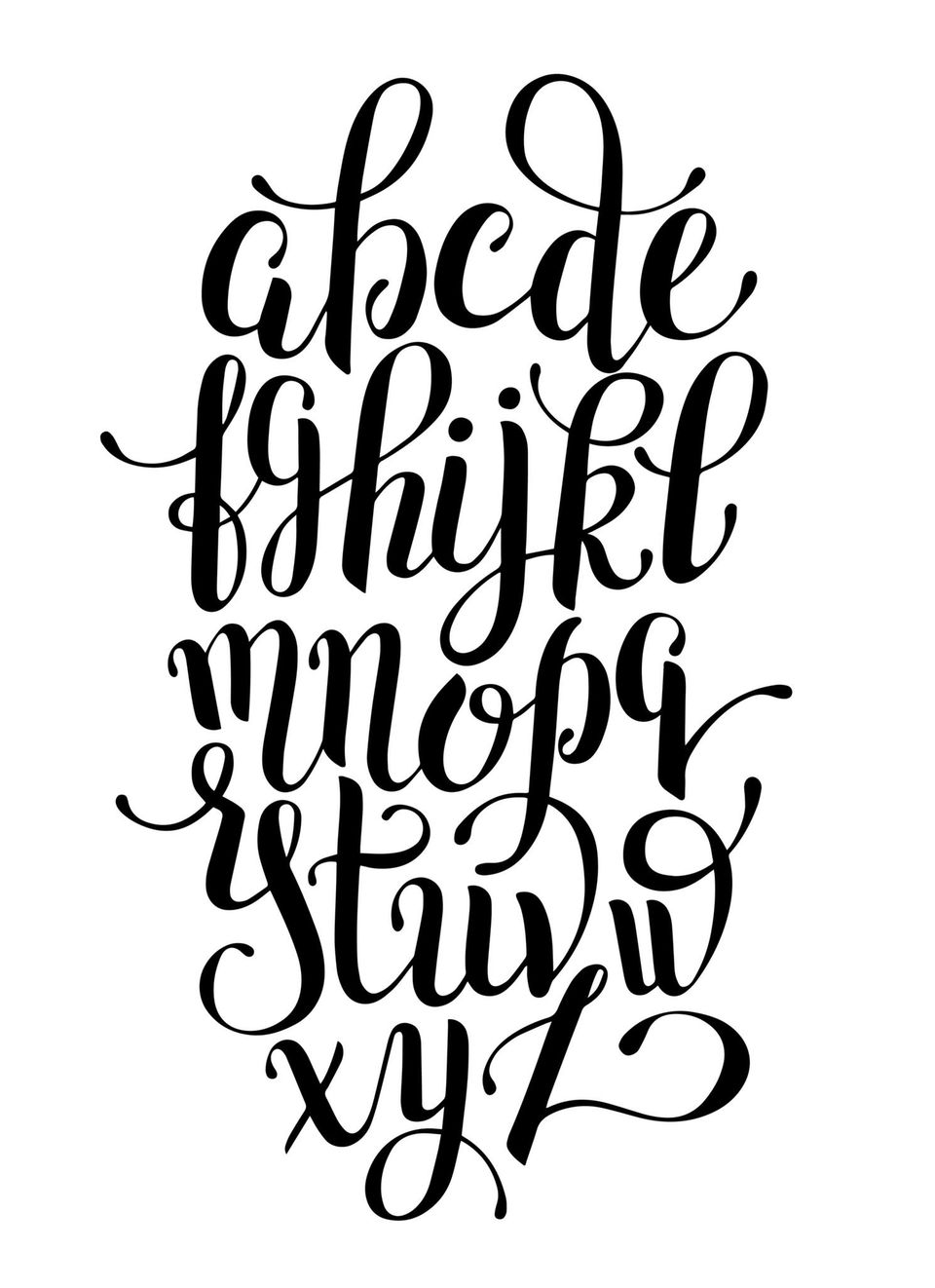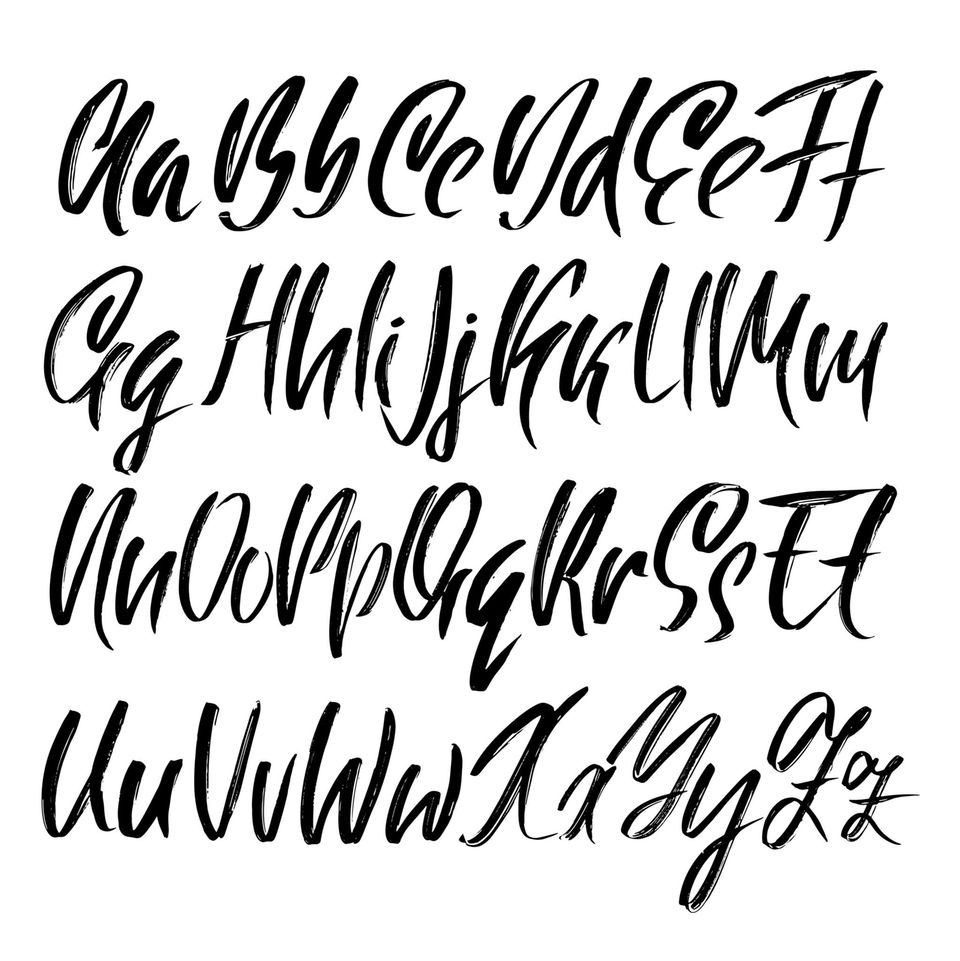Brush lettering
Do you feel like writing? This is how the beginning succeeds
© rawiwano / Shutterstock
How does brush lettering work? What material do you need and how do you start? All the answers here!
Lettering is the art of beautiful letters – and once you've got hold of it, you won't let go of it. Here you can find out what is important and what material you need.
The difference between brush lettering and hand lettering
- Hand lettering: The letters and numbers are drawn by hand lettering, a wide variety of pens (e.g. fineliner) can be used for this. This results in innumerable font and design options.
- Brush lettering: A brush or a brush pen is used with this type! This is characterized by a flexible tip and is available in different widths. With them you can create lines of different thicknesses.
Brush lettering – basics for beginners
In order to create the beautiful letters with the brush pen, you should be able to use the up and down strokes:
- smear: from top to bottom with (more) pressure
- spread: from bottom to top with little pressure
If you are still in the initial phase and have only discovered brush lettering for yourself, it is advisable to start practicing the two stroke variants and gradually combine them into letters.
Material to start
paper
Not all paper is the same. For your letterings, we particularly recommend those with a smooth surface. Special paper for brush lettering has one closed and smooth surface, so a good choice for your artwork.
pencils
For brush lettering, you should use the appropriate Brush pens to lay. They are available in stores from various manufacturers, find out which ones are best for you. You might try your hand at a medium point initially, as wider ones are harder to trade.
Brush lettering – the right pen grip
Why is it important to hold the pen with the brush pen? With the right handling you simply have something from your pen for longer! Otherwise, the tip may fray and ruin your brush lettering.
Tips for holding a pen
- Do not put on from above
- Don't touch the pen too far in front, rather a little further back
- Try to hold the brush pen at a 45-degree angle so that it rests on the lower part of your index finger
- The brush tip should then be as parallel as possible to the edge of the sheet
To see if you're holding the pen properly, you can use the Drop test do:
- Draw dots on the paper with your brush pen
- These should look like small drops
- If they look like dots, the pen is not yet in your hand properly
Brush lettering templates
You can play with the weights of the fonts. Here are some examples of fonts:

© karakotsya / Shutterstock

© Anna Kutukova / Shutterstock

© Ana Babii / Shutterstock
Are your fingers itching and you want to start right away? To do this, you can draw guidelines on paper and look for a template with the font you want. Or you browse z. B. blogs and social media, for example, there you can find exercise sheets.
Would like more? How about hand lettered numbers, kawaii or watercolor painting? You can find even more great DIY ideas here!
By the way: In the BRIGITTE community you can exchange ideas with others about DIY.

